 Monster waves less of a threat with smart radar
Monster waves less of a threat with smart radar12:55 21 November 2007
NewScientist.com news service By Paul Marks
Waves the size of 10-storey buildings that rear up suddenly from an apparently benign sea are the stuff of sailor's nightmares. Such "rogue waves" can sink a ship or damage an off-shore platform, but a new radar early warning system could give crews a fighting chance to either evade the waves, or at least batten down the hatches.
Ocean Waves, a German maritime radar company, and radar expert Jose Nieto of the University of Alcalá in Spain, have developed a technology that promises to identify large waves. Details of the system were presented at a conference on wave forecasting held in Oahu, Hawaii, last week.
They developed software that makes sense of the radar measurements of a tumbling, frothy ocean surface, from an instrument fixed to the deck of a ship or the side of a platform.
"The reflected radar picture from the wave does not depend entirely on the wave's height, but also on other factors like the local wind speed, sea-surface roughness, and the wave inclination," Nieto says.
The new algorithm filters out these noisy parameters and produces a more accurate video image of ocean surface elevations across a broad area (see image, top right).
Mariners' tales
For centuries mariners have
The Derbyshire, for instance, a 295-metre British bulk carrier, disappeared with all 44 crewmembers of the coast of Japan in 1980. An inquiry carried out in 2000 concluded that a rogue wave most probably cracked open the vessel's main cargo hatch, flooding the hold.
Then, in February 2001, two cruise ships, the Bremen and the Caledonian Star, were seriously battered by separate 30-metre-tall waves in the South Atlantic.
By chance, the waves that did the damage were roughly measured by two European Space Agency (ESA) satellites – ERS-1 and ERS-2 – that were using radar instruments to monitor sea-surface levels and happened to be passing over the area in question.
Early warning
With definitive proof that giant, freak waves do exist, research began in earnest on the developing a warning system for ships and offshore platforms – to give sailors and workers a chance to prepare for the deluge.
Tests carried out so far on ships in the North Sea and off the Spanish coast are promising, says Nieto. The algorithm detected groups of waves between 8 and 15 metres high up to 3 kilometres away. And, with changes to radar signal wavelengths, he thinks it should do even better.
Proving that the technology will spot rogue waves will be tricky, though. "A giant wave is a special case of the groups of waves we are successfully detecting now – but it would be a single mountain of water," says Jens Dannenberg, a physicist at Ocean Waves.
"It should do the job – but it's hard to prove when you do not have such a monster wave to test it on," he adds.
RS










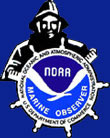


















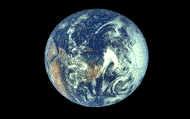


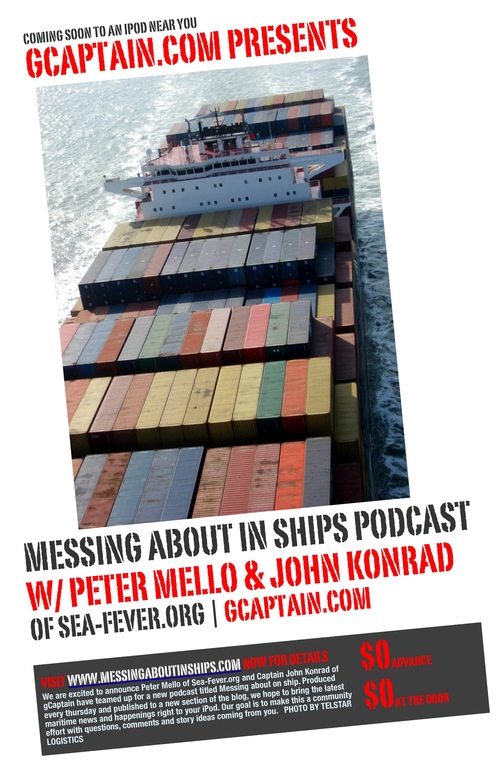




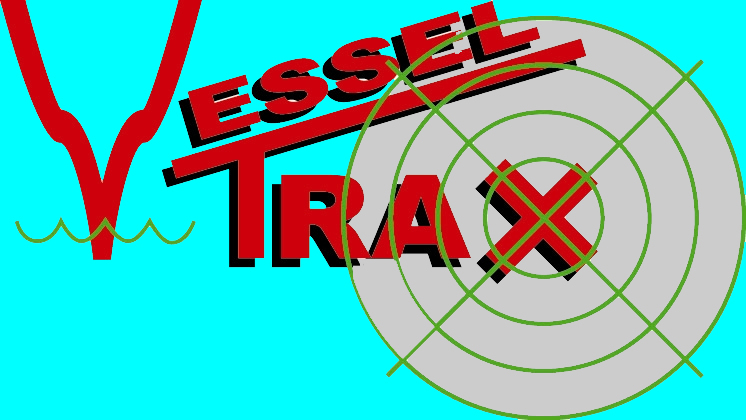




















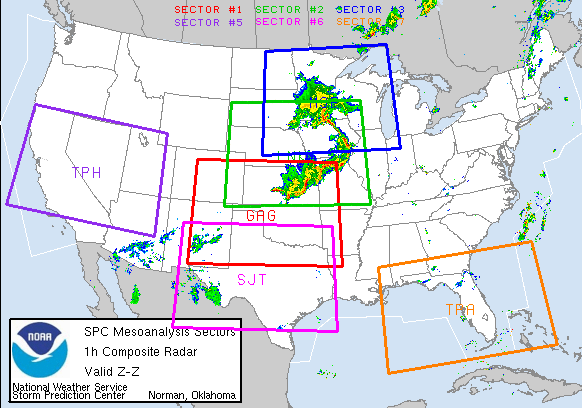














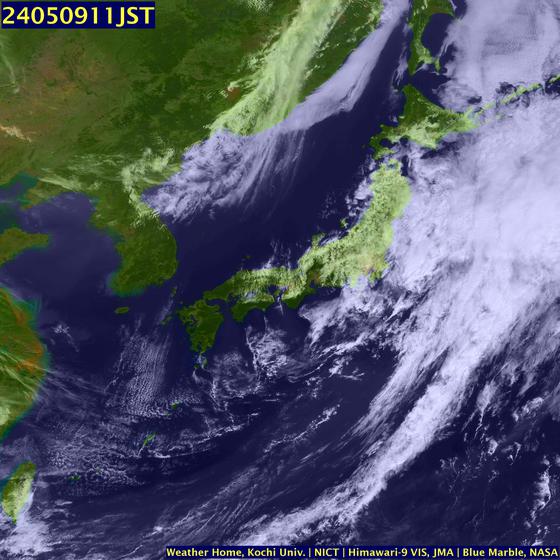

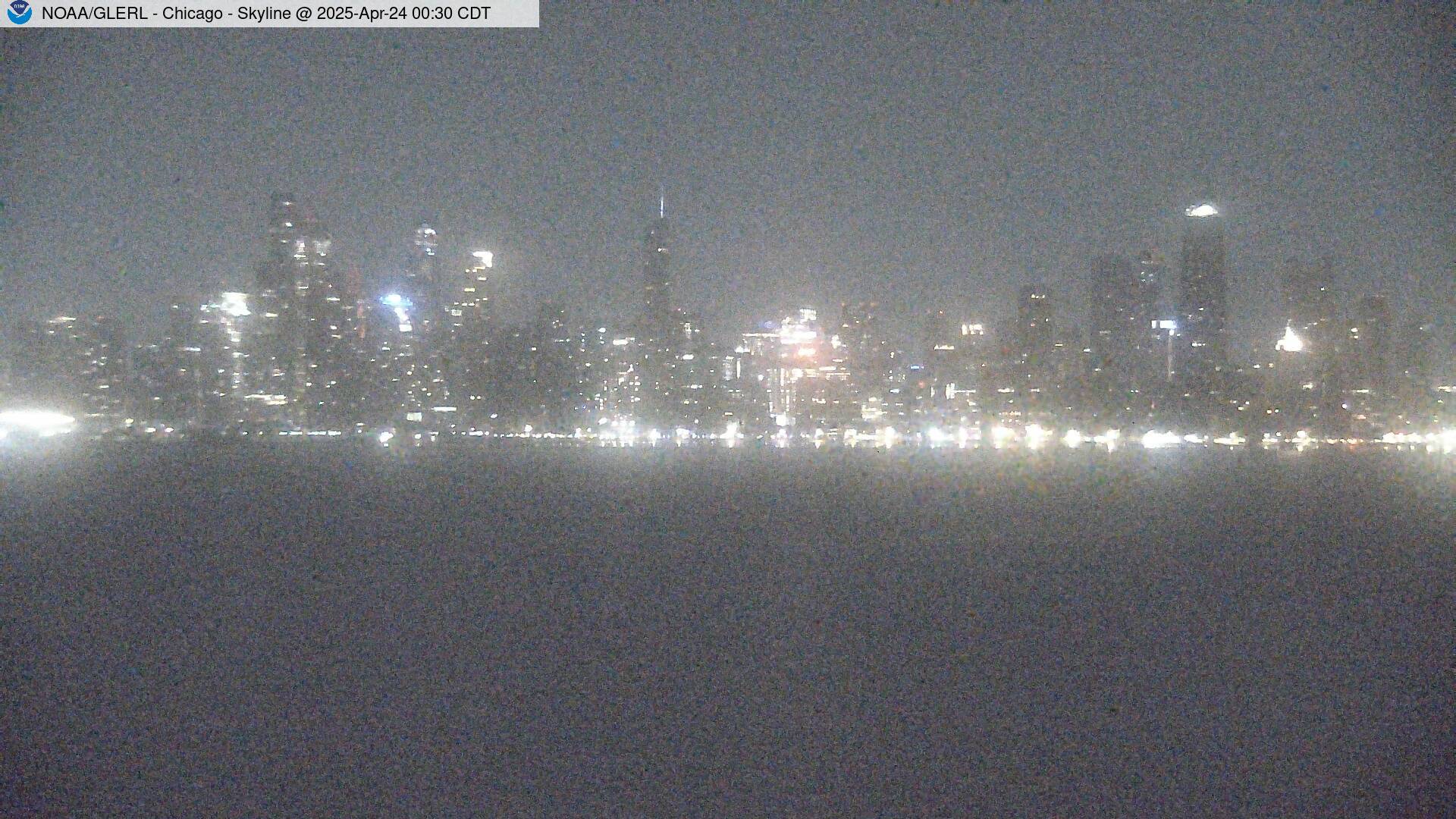






















![Validate my RSS feed [Valid RSS]](valid-rss.png)
No comments:
Post a Comment